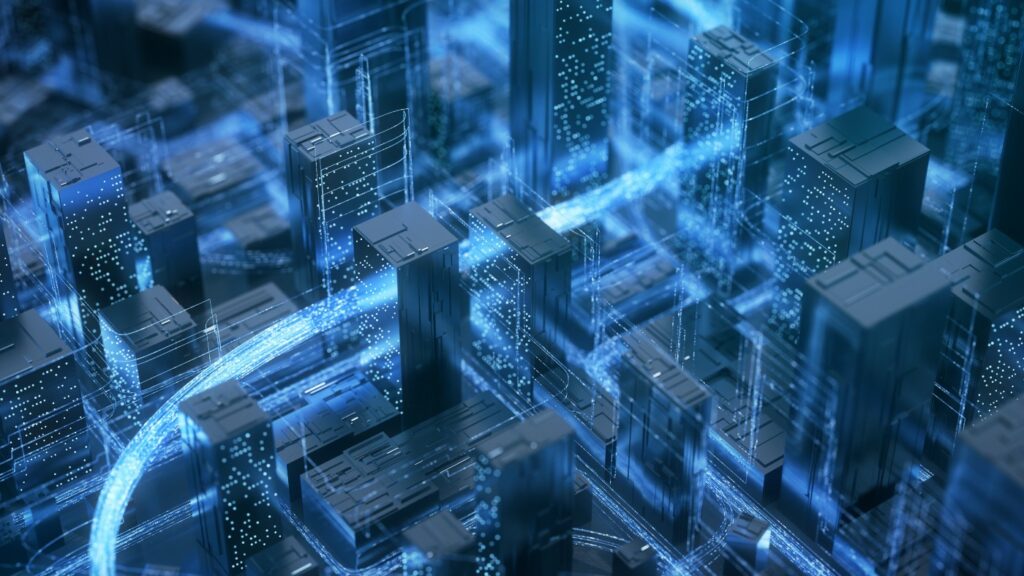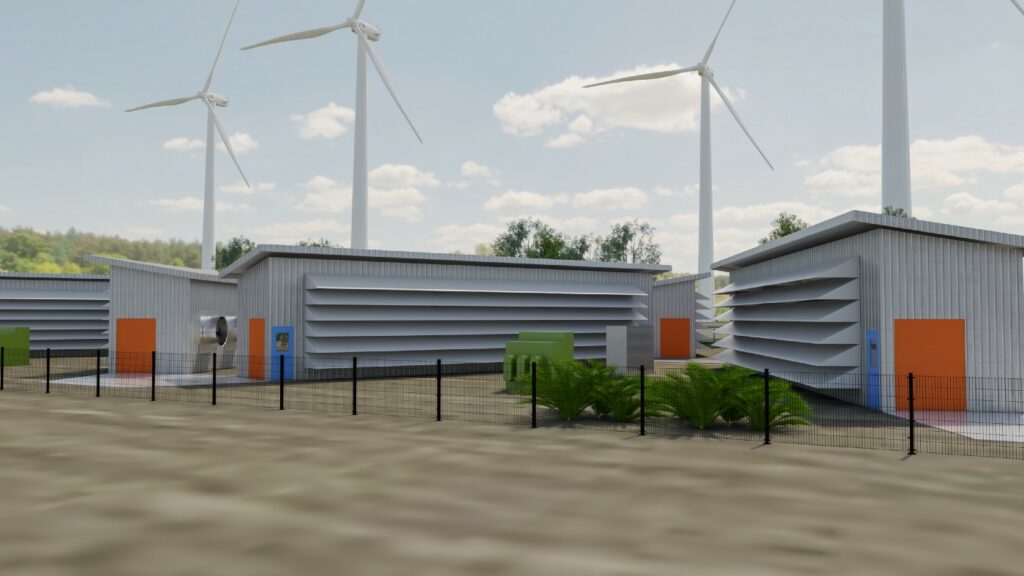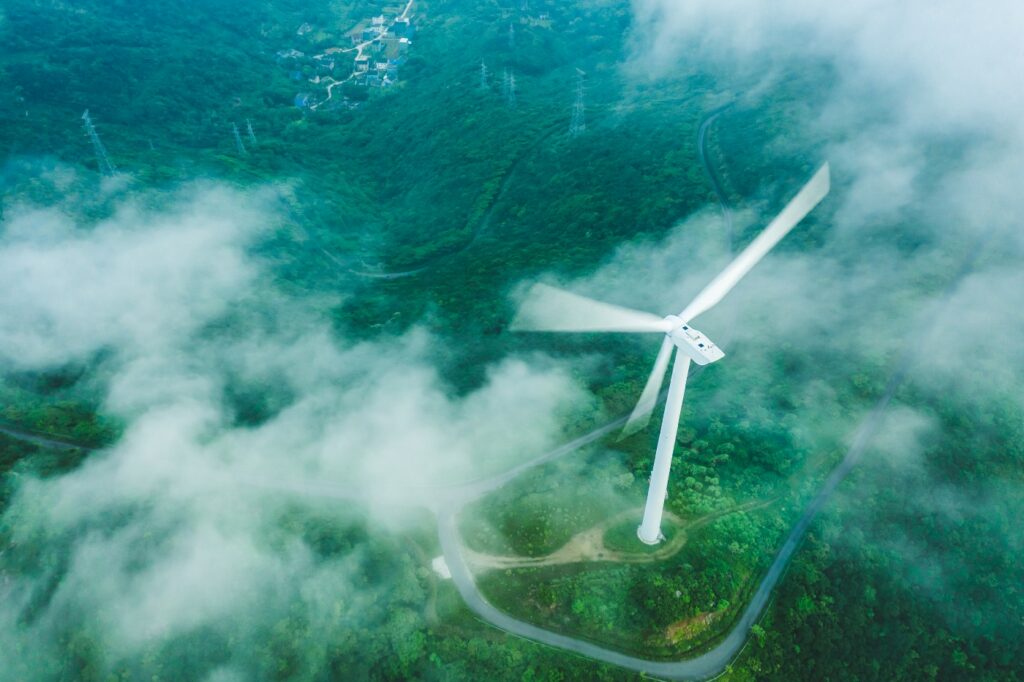Welcome to the third installment of Soluna’s AMA (Ask Me Anything) series, where you — readers and our followers on Twitter and LinkedIn — can get your questions answered.
(If you missed the last one, click here.)
In this Q&A, John Belizaire, CEO of Soluna Computing, and Michael Toporek, CEO of Soluna Holdings (Nasdaq: SLNH), answer shareholders’ and potential investors’ most asked questions about the crypto downturn, recent financing announcements, project developments, and more.
[0:48] John asked: Does Soluna have a plan if Bitcoin falls further? People talk about Bitcoin potentially dropping below $20,000. The question is, what would happen at $10,000 or lower?
Michael Toporek: So, Soluna has had a plan for this from the moment you and I first architected this company. Our specific plan was to make sure that we contracted power that was available and was able to get to a cost of under 3 cents, closer to 2.5 to 2.7 cents per kilowatt hour. That was the power price at which at the bottom of the last crypto winter one still made money as a crypto miner. So when we’re asked if we prepared for this, we specifically architected the company to prepare for this. The short answer to the question is that our plan from day one has been to architect the company’s economics so that it can survive and thrive and grow through the entire crypto cycle.
As the price goes down, it’s typical for the hashrate to remain flat or decrease. That improves the mining economics. So if crypto were to make its way from 20,000 to 10,000 over the next month and a half, I would expect that the difficulty or the competition to get Bitcoin rewards would decrease, making mining more profitable because those miners with higher power costs would come off the network.
John Belizaire: It’s more profitable for the ones that are remaining though, right? Not for everybody, just the ones that are still on.
Michael Toporek: It’s a relative return game. As long as we’re top decile or top quartile in power costs, there are many other people that are going to turn off before us, thus improving our own economics. So if Bitcoin dropped to 10,000, we’d continue to remain profitable and make money through the entire part of the cycle. That’s what we’ve engineered this company to do. We could have grown much, much faster had we accepted four and five-cent power, but we specifically chose not to do that because we viewed that as unsustainable through a crypto price cycle.
John Belizaire: That’s great, very helpful. And for those of you who didn’t follow Michael’s comment about the price going down and the change in hash rate, there’s a great article on our blog, The Golden Triangle, that explains how this works. I think that’s important, to make the case that our power cost and our model is designed for both when things are challenging in terms of the asset price and when things are great.
[4:43] Caleb asked: Post the Spring Lane deal, do you see Soluna doing more of those types of deals, but in larger money amounts ($100 million+)?
John Belizaire: Yeah, that’s absolutely our goal, to do more Spring Lane type deals. That actually was the whole idea behind forging the Spring Lane relationship. We view that transaction with Spring Lane as a model for future execution with more equity-type partners. Each of our projects is like a separate company, is the way to think about it. And there’s the opportunity to have investors or owners of that project participating in the profit that’s generated by those facilities. We structured something with Spring Lane where they can participate in a series of projects, with Dorothy being the first, and we can draw down capital up to a certain amount.
We’ve also engaged a company called Truist Securities. Folks who are not in the renewable energy space may not know Truist. They are an incredible investment bank that was built through the merger of BB&T bank and SunTrust Bank. BB&T and SunTrust merged to form Truist and inside of Truist is a renewable energy-focused investment bank. We essentially engaged Truist Securities to assist the company with our growing pipeline. While there’s been Bitcoin price volatility, there’s been lots of action in our business model and how we help these power plants figure out how to solve their wasted energy problems.
When we first started out we would call on most of these companies, and now most of our project opportunities are inbound. Large infrastructure and power plant owners call us because we’ve got this robust pipeline with the ability to build data centers much faster than other curtailment strategies such as batteries or transmission. We can build this data center very quickly. We look forward to our next round of projects beyond Dorothy, and we want to find ways to forge relationships with other companies like Spring Lane, maybe even multiple times the size of them, that can help us to build out these projects and grow our business much faster in a much more scalable way.
We engaged them to help us evaluate different options, analyze the project financials, and assess how we can source the right capital for our business going forward. They’ve been a great partner thus far and we’re pretty excited about the relationship.
Michael Toporek: What’s the timing of that? Especially given the current market environment, how do you see that playing out?
John Belizaire: Well, we’ve got a number of discussions that are underway with brand name companies in the renewable energy infrastructure space, the data center space, and next-generation infrastructure. There are a lot of new funds that have been built out to finance businesses that can help with the renewable energy transition, and these are pretty sizable. Our management team has already met with a number of them and they’ve been substantive conversations. Our plan is to start to whittle down the universe of interested parties in the fall and consummate something with folks in that timeframe. That gets us a pool of capital we could use to finance our growing pipeline.
Michael Toporek: Would they help finance Dorothy or do they help finance other projects? How do you see that playing out?
John Belizaire: Both. The way to think about it is, that a lot of these potential partners are interested in deploying lots of capital and they want to deploy the projects that are near and ready to deploy that capital. We’re thinking Dorothy phase two, for example, would be a great place for folks to deploy capital.
Some of the other projects that we have lined up, like Katia, for example, are maturing very quickly. Because they’re near-term, fairly sizable projects with great power plant partners and great power prices, we’re going to look to the partner that’s able to build out a multi-project series with us, kind of like Spring Lane did but much bigger checks.
Michael Toporek: Just to clarify, Spring Lane has committed to doing three projects?
John Belizaire: Yes, three projects. Dorothy is the first, and they get to look at our pipeline and see what other projects meet their criteria. And we’ll have two more that we can draw down for a total of $35 million.
Michael Toporek: Thank you, John. Very helpful.
John Belizaire: You’re welcome.
[11:10] Haiki asked: Why did we not hit the 1.2 exahash that we had put out as a goal?
(The four exahash goal was reset in our June flash report.)
Michael Toporek: I would not characterize it as a change in plan. Our plans remain the same. The environment changed and we clearly had to react to it. And it was an adjustment.
John Belizaire: More like an update.
Michael Toporek: Yes, an update. So there are two specific targets that Haiki asks about that I’m going to respond to. The first one is the 1.261. And we are adding some hash rate, we have 500 machines being delivered, so we’re going to get closer to 1.261. But we have a fundamental problem. At Marie, that’s a 25-megawatt facility, and as those of you that follow us carefully have noticed, we’ve had a couple of outages there, due to the surrounding infrastructure and our power provider.
If we max out that facility, it’s our judgment that we risk the entire facility. So we’ve got a handful of megawatts there that technically we could light up and that would get us to the 1.261, but then we’d be jeopardizing, in our opinion, the entire facility, and run the risk of more downtime there. So we’ve elected not to fully power that up and give our power provider the opportunity to reinforce their infrastructure. So that’s just the math around the 1.261.
John Belizaire: So to play that back, what you’re saying is we have the ability to go up to the 1.2, but we’re consciously not doing that for technical reasons and safety reasons obviously.
Michael Toporek: It’s a risk return, John. Just risking the 20 megawatts to get a few more petahash and then you’re down for a week while they repair the infrastructure, it just isn’t worth it to us, especially because we have so much hash that we’re not really hashrate constrained. When we’ve got so much hashrate coming on with Dorothy, why jeopardize that? And so Dorothy, the only constraint around that has been completing the IRCop process, and John and I had a very good dialogue around that earlier in this AMA, and I think you’ll see that the company has made tremendous progress getting through that process. And the beauty of that process is there’s a beginning, middle, and end to it, and it’s my expectation that we’re much closer to the end than the middle. We’ll keep everybody informed as we make our way through.
So the first element of Dorothy is lighting up 20 megawatts, which plus or minus is another 800 petahash. And we are expecting to start that process in late September. We will keep everybody posted as we get greenlighted by IRCop to ramp up the rest of Dorothy. So the four exahash target will still be achieved. It’s just a matter of when that’s staged out. And I hope that’s clear, John, I didn’t want to get too involved in details.
John Belizaire: Right, it’s just that the staging has changed given these issues that have come up, but the ability to grow hasn’t changed. It’s just a question of timing. And to some extent, the potential growth that we have has probably increased over that time.
Michael Toporek: But in a way we’ve gotten lucky because had we ramped up, we’d be buying or have bought machines at $30, $40, $50 a terahash, where now we’re being offered machines at between $15 and $25 a terahash. So in some respects, we’re going to be the recipients of lots of good luck, I’m hoping, as we ramp up the facility and buy our equipment. And that equipment is for the most part sitting on the ground here in warehouses in Texas, Ohio, and Pennsylvania, other states, that we can get delivery of in a couple of weeks. So from that perspective, investing through the cycle to ramp up these facilities is going to tremendously benefit our investors.
Thank you for submitting your questions! We look forward to answering more of your questions in the next AMA installment.
If you’re reading this and haven’t had a chance to ask your question, it’s not too late.
Fill out this form, or drop your questions on Twitter @SolunaHoldings, to have your questions answered in our next AMA installment.
If your question wasn’t answered here, be sure to subscribe to our newsletter. We’re answering questions there every week.



